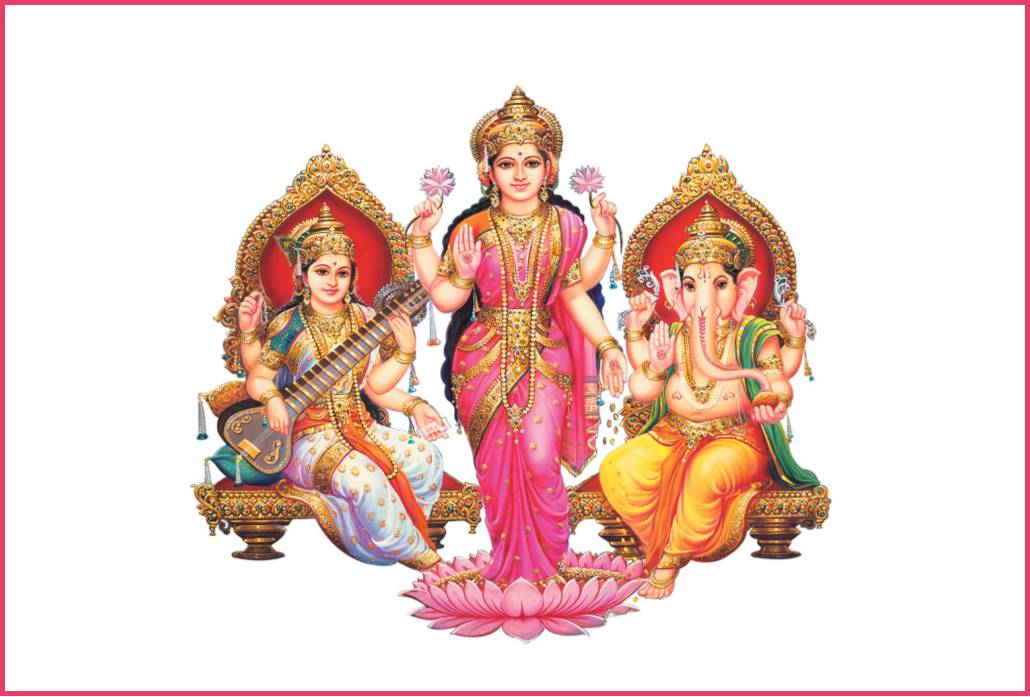Incredible India!
If you are an art lover, there are few countries with a longer art history than India’s which goes back 10,000 years. Starting with the Bhimbetka cave drawings which show animals and hunting scenes, Indian paintings give an insight into life through the ages. The people of the Indus valley civilization produced the earliest known Indian art sculptures, from between 2500 and 1800 BCE. They were small terracotta and bronze figures depicting animals and dancing positions.
By the 5th century CE, sculpture was a common practice among Indian Buddhists and Hindus. Hinduism continued to be the focus of art creation for centuries with paintings of Saraswati, Lakshmi, Ganesha and other deities. The Mughal rule during the 16th to mid-19th century, changed the entire complexion of the country leaving a lasting impression on India’s culture and art. The colonial era resulted in local artistic traditions merging with foreign influences and a romanticised Indian style developed.
Following India’s independence from British rule on 15th August 1947, the country’s new identity was reflected by its art. A group of six artists Krishnaji Ara, Sadanand Bakre, Hari Gade Maqbool Husain, Sayed Raza and Francis Newton founded the Bombay Progressive Artists’ Group in 1952 to establish new ways of expressing India in the post-colonial era. They were profoundly influential in changing the idiom of Indian art.
The National Gallery of Modern Art (NGMA) was opened on 29 March 1954 at Jaipur House in New Delhi and not only remains the premier art gallery in India but, with 12,000 square meters of exhibition space, is one of the world’s largest modern art museums. Its collection of more than 17,000 works by 2000 plus artists including Thomas Daniell, Raja Ravi Varma, Abanindranath Tagore, Gaganendranath Tagore, Nandalal Bose, Jamini Roy and Amrita Sher-Gil. If you have time on your hands, a visit is well worthwhile.

India also has a rich and diverse literary history going back to the first millennium BC. The origins of Indian literature were the Sanskrit writings comprising the Rig Veda, the Ramayana and Mahabharata. Then developed, Kannada and Telugu literature in the medieval era. They were followed by Marathi, Bengali and Urdu literature. Among the Indian literary personnel, the name of Bengali writer Rabindra Nath Tagore is one of the most prominent since he became the first Indian to receive the Nobel Prize for his literary genius.
Because India has so many languages and such a huge population, it is difficult to encapsulate the enormity of its body of literature. The name Salman Rushdie is well known to many, not just for his controversial 1988 The Satanic Verses but also for his 1981 Midnight’s Children which won the Booker Prize and was deemed to be “the best novel of all winners” on two occasions, marking the 25th and 40th anniversary of the prize. Aravind Adiga shot to fame in 2008 after winning the Man Booker Prize for his debut novel, The White Tiger. The book was made into the 2021 movie, starring Priyanka Chopra Jonas, Adarsh Gourav, Rajkummar Rao and Delhi! The city plays an essential role in the book, which narrates the tale of a poor boy from Bihar moving to Delhi and how it changed his destiny. The film was nominated for Best Adapted Screenplay at the 93rd Academy Awards.
Make Delhi part of your destiny!